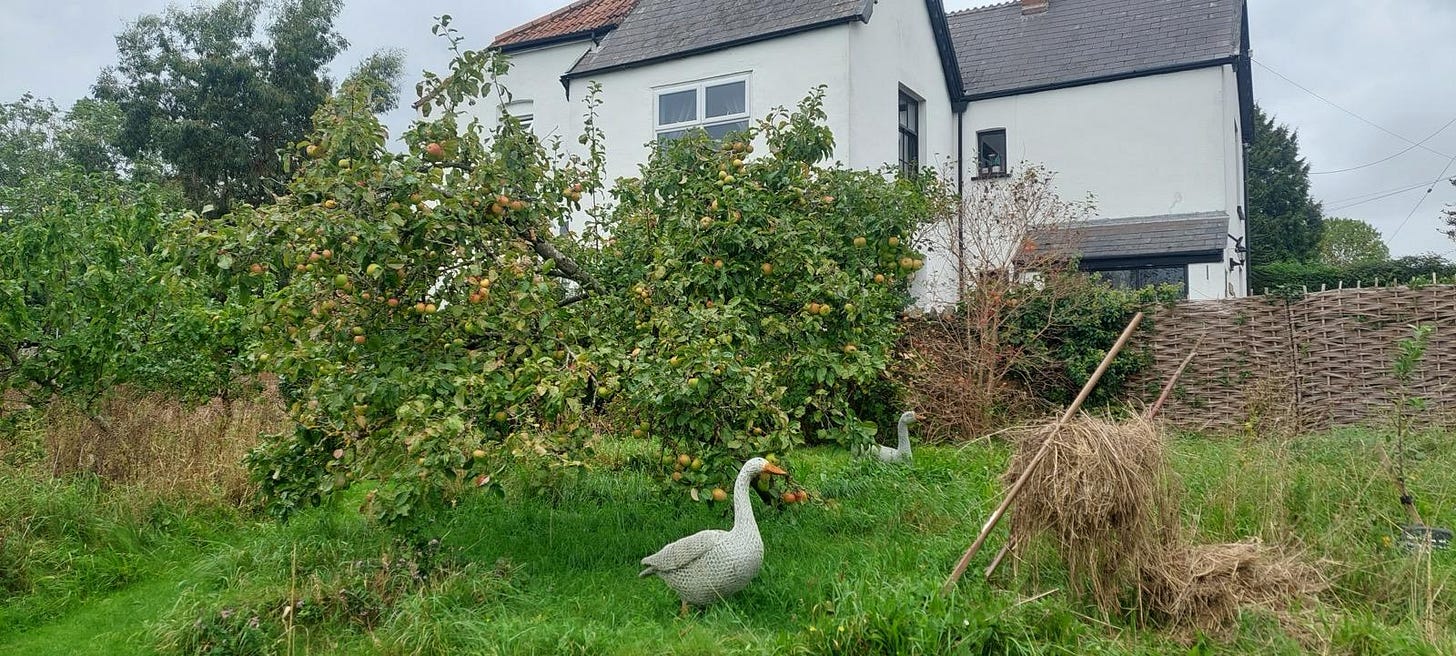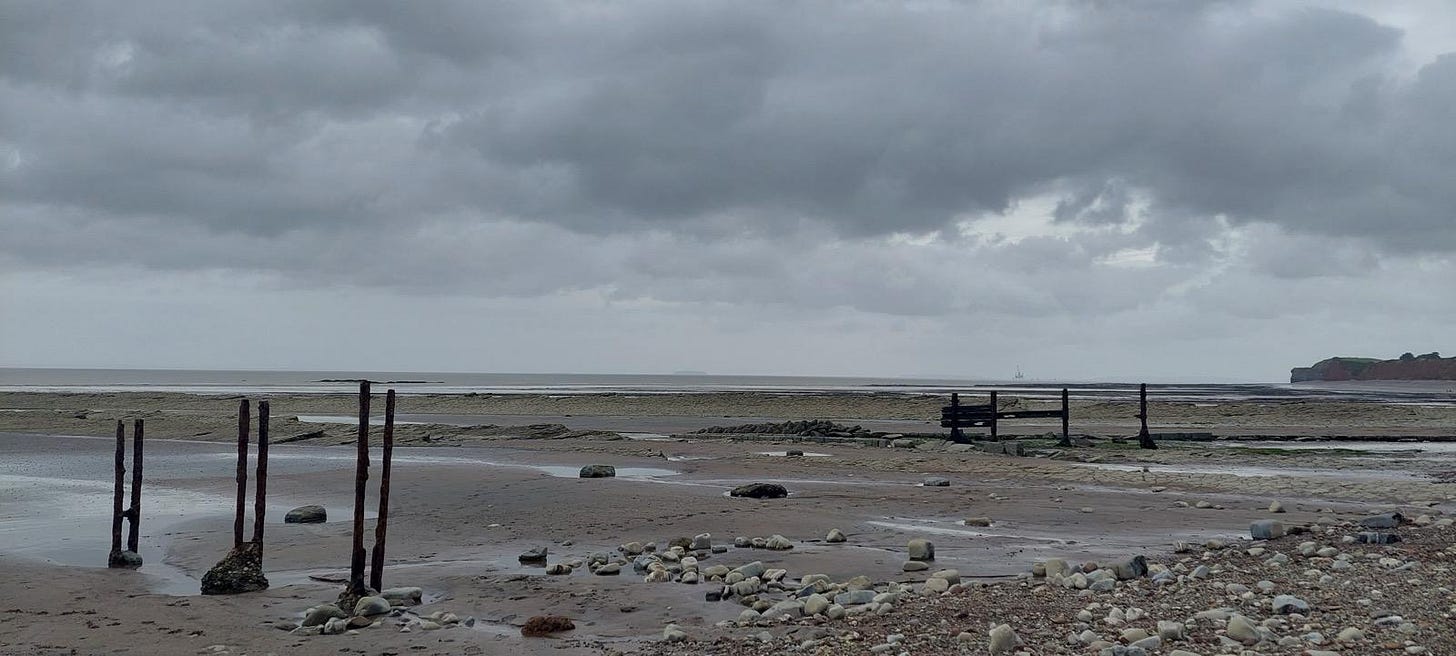I love dead writers’ houses. Often they are grand and beautiful - standard National Trust properties - but sometimes they are not. Just ordinary homes, preserved or restored to look as they did when someone lived and wrote there.
Writers tend to be sensitive souls who value aesthetics. You can sense this in Samuel Taylor Coleridge’s cottage in Nether Stowey: the romantic garden filled with gnarled apple trees, seats in hidden hollows, and vegetable patches afire with late-season flowers. Beside them, the dying remnants of poppies: birth and death, growth and decay. On the rust-red wall beside the compost heap are printed Coleridge’s own words: ‘I raise potatoes and all manner of vegetables, have an orchard and shall raise corn (with a spade) enough for my family.’
Inside the house, information about the poet’s personal and domestic life is brought to the fore. When Coleridge’s son, Hartley, was ill with scabies, Mrs Coleridge was ‘“tired off her legs” fumigating the house and washing bedclothes.’ Meanwhile her husband, suffering from rheumatism, ‘retreated miserably into a corner “undisturbed as a Toad in a Rock.” ’ The reality behind the Romantic ideal?
In another room, we learn that Coleridge joined the army under the name Silas Tomkyn Comberbache. He was ‘a hopeless soldier and horseman but gained the respect of his comrades by writing their love letters for them.’ This increased my own respect for him: it is certainly how I would have coped with joining the army.
That same week, my family and I visited the seaside town of Watchet, where more of Coleridge’s words - lines from ‘The Rime of the Ancient Mariner’ - are painted on a wall. A statue of the mariner himself faces (curiously, I think) inland. His eyes are downcast and a noose links his neck to that of an albatross, slumped and loose-limbed in death.
When I was in Year Three, I wrote an essay called ‘The Plight of the Albatross,’ which referenced this poem. My teacher sent it to his journalist friend, who passed it on to people he had interviewed: Dame Ellen MacArthur and Sir Ranulph Fiennes, famous people who wrote back to me. It was the first time I seriously believed I could be a writer one day.
Not far from Coleridge’s cottage lies the dramatic, windswept St Audries Bay. There we bumped into a team of researchers investigating this geologically rich place: layers of rocks in shades of veiny purple and green, flat sweeps of sand and rock sheltering the tight coils of fossils like secrets.
There I found the shell of a long-vanished mollusc, a stripy spiral of purple and cream with a streak of shining mother-of-pearl. I stared out to sea and thought of a novel idea I’d shelved a while ago - something bleak and coastal but shot through with humour, about shifting sands and soil and long-buried secrets coming to light.
On the drive home from Somerset, the moon hung overhead like a pearl, and the cars on the motorway were divided into two long lines: red lights, white lights. The shell lay curled in my coat pocket. Now it sits on my writing desk.
This song reminds me of St Audries Bay and my novel (and I think the lyrics are also like poetry):
Thanks for reading! For more of my writing, subscribe to Postcards I Never Sent:







Coleridge and his Nether Stowey house feature in Dirk Gently's Holistic Detective Agency by Douglas Adams (of Hitchhiker's Guide to the Galaxy fame). A great book but quite complicated. First time I read it, I finished it on a flight to China and spent the next 2 hours trying to piece it altogether.
Have you been to Thomas Hardy's cottage in Higher Bockhampton near Dorchester? If not I think you would like it.